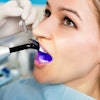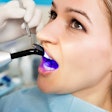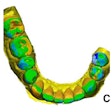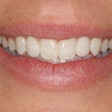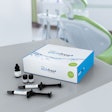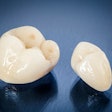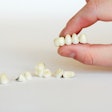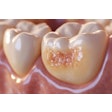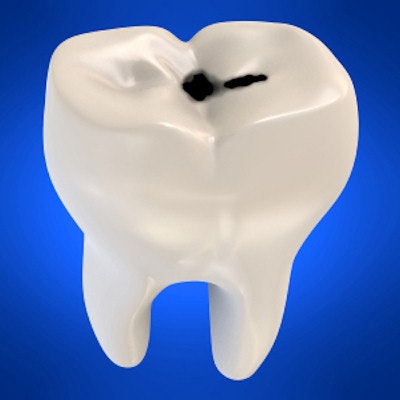
How effective are various treatments for caries prevention such as fluoride varnishes and pit-and-fissure sealants? The authors of a new study reviewed high-level evidence on caries prevention and reached some intriguing conclusions.
They analyzed data from systematic reviews written in English of caries prevention treatments and published from 2002 through 2015. They summarized their findings for interventions, including topical fluoride treatments, sealants, fluoridated food, and fluoridation of water supplies, in a literature review published in the Journal of Clinical and Experimental Dentistry (December 2016, Vol. 8:5, pp. e604-e610).
Some preventive treatments may indeed reduce the development of caries, and increasing their use could produce greater results, the researchers found. However, the evidence was not as conclusive for other interventions.
"On the basis of this review, a greater diffusion of preventive interventions could reduce the incidence of caries at an affordable cost," wrote the study authors, led by Claudio Sicca, MD, a dentist in Turin, Italy.
Proven treatments
Previous research has shown that the development of dental caries is one of the most widespread diseases in "civilized populations," with a prevalence of 40% in 7-year-old boys and 85% in 17-year-old boys, the study authors noted. However, some evidence has shown that dental caries incidence in 5- to 17-year-olds has decreased around 36% in recent decades, with half of children caries-free.
“On the basis of this review, a greater diffusion of preventive interventions could reduce the incidence of caries at an affordable cost.”
With that in mind, the researchers from Italy conducted a comprehensive literature search in four databases for systematic reviews of treatments for preventing caries conducted by "renowned" scientific institutions and published from 2002 through 2015.
They found 30 eligible systematic reviews that met all of the study's requirements, 20 of which were conducted by the Cochrane Oral Health Group. Four researchers independently reviewed the articles that were identified.
The researchers summarized the results of the reviews, dividing them into three categories by treatment:
- Fluoride gel, toothpaste, and mouthrinses
- Pit-and-fissure sealants
- Fluoridated supplements, water, and milk
Overall, they found that topical application of fluoride gel and fluoride supplements appear to be convenient and inexpensive methods of reducing caries. Also, pit-and-fissure sealants and fluoride varnishes appear to effectively reduce caries risk, they concluded.
The existing literature, however, does not provide sufficient evidence that the consumption of fluoridated food, milk, or water reduces the risk of caries, the authors noted.
Sticking to the evidence
The information in this literature review and the results were limited by only including systematic reviews that had previously been conducted and only those that were of high quality and adhered to evidence-based medicine criteria.
However, the authors reached conclusions about the effectiveness of treatments for caries prevention only if a high level of evidence had been achieved.
They found significant evidence for the effectiveness of some treatments for caries prevention that are commonly used, noting that wider use of them could reduce caries incidence affordably. However, they found that the evidence was not as strong for other even widely used preventive treatments for caries.
"Prevention treatments may have a relevant impact on the [sic] avoiding the development of caries," the authors concluded.
